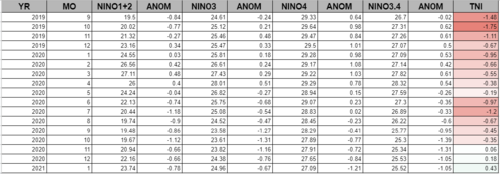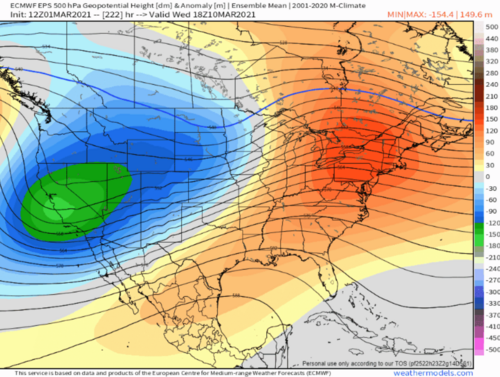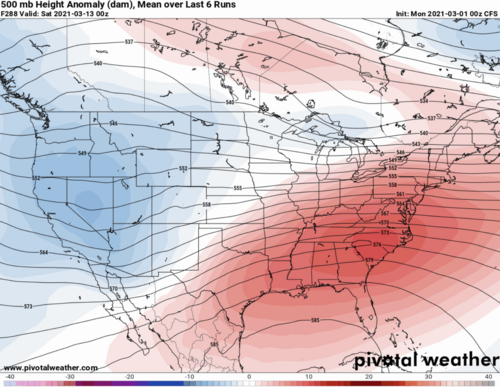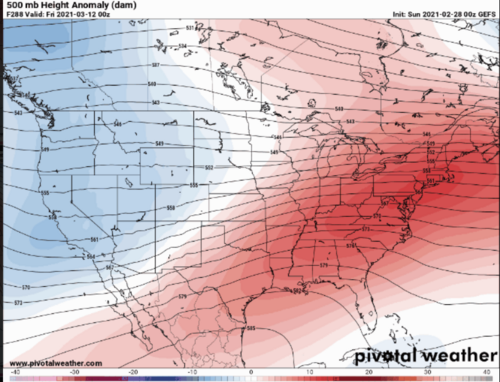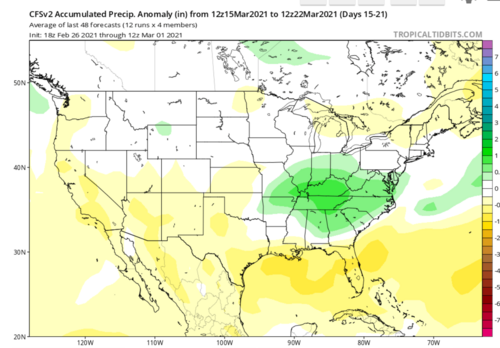Andy Wehrle
EF5
Regardless of any positive signs, man the climate models for AMJ are just resoundingly bad. Not even going to bother posting them, but the consensus from the ECMWF/NMME/CANSIPS/etc. is for another very dead season with a poleward retracted jet (even starting in April this time) along with some serious drought problems given torching temperatures and a lack of precip.
Andy, do you think these models were perhaps not taking into account the current winter storm unfolding across the region? After all, it is quite unusual for the Southern Plains to go into spring with any sort of snowpack on the ground. When I think of a bad La Nina chase season my mind immediately leaps to 2012 when it was very mild and dry the preceding winter with very little snowpack anywhere, and the entire Plains and Midwest basically started to bake in March and never stopped until late summer/early fall.
This year so far is behaving more like 2008 or 2011, with a quite active mid-late winter east of the Rockies. Still, it's interesting and somewhat disconcerting that the models would be in such unanimous agreement that flies in the face of the favorable indicators that have been discussed on this and other forums.

